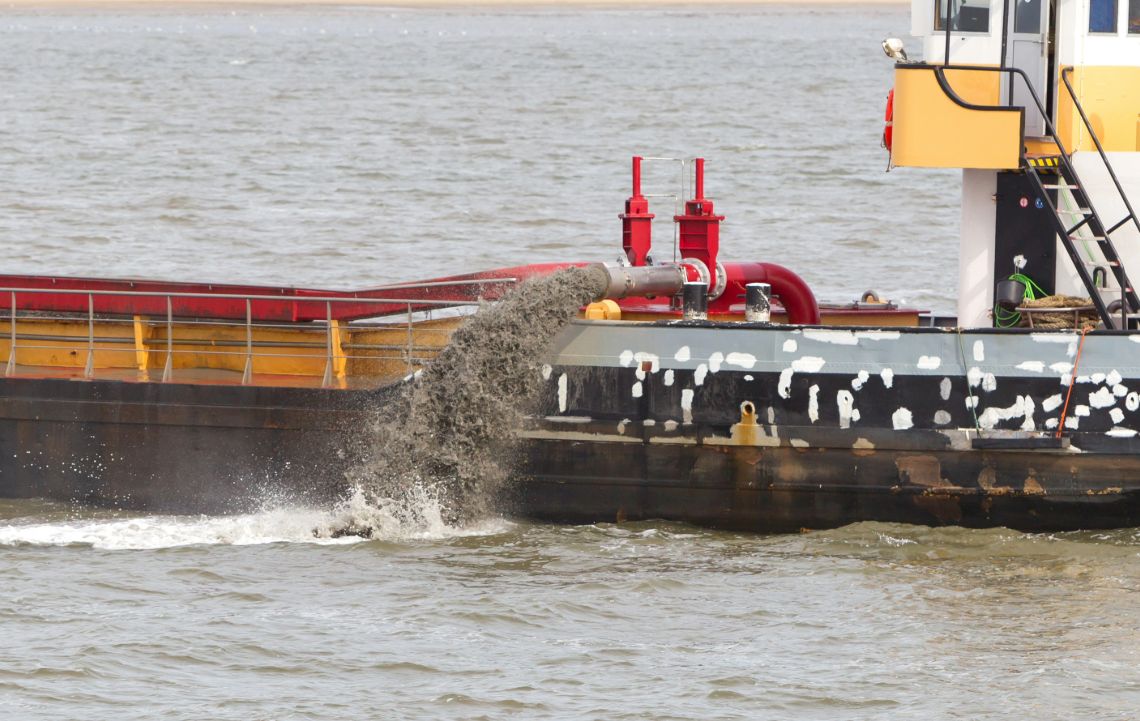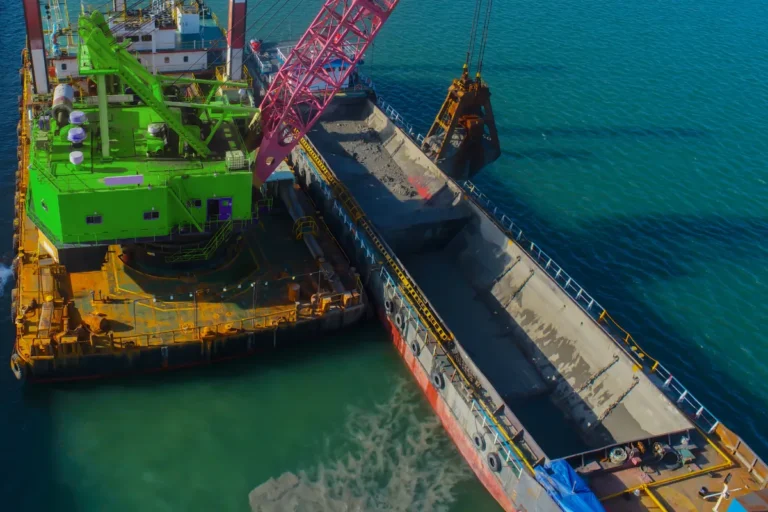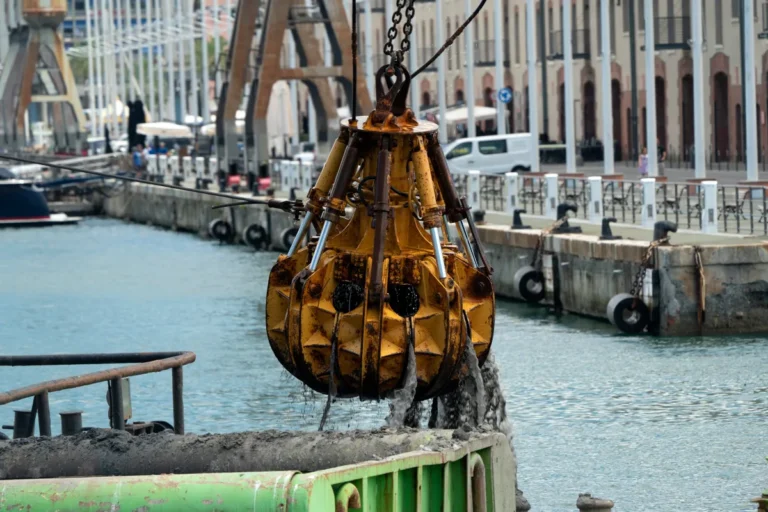A sand dredge pump is a specialized type of pump designed to efficiently handle the challenging task of moving sand, slurry, and other abrasive sediments, unlike standard pumps, which are not built to manage heavy solids, a sand dredge pump is engineered with durable materials and a powerful design to withstand the harsh environments encountered during dredging operations. These pumps are critical for transporting large volumes of sand and sediment from one location to another, ensuring smooth and continuous material transfer.
The importance of a sand dredging pump extends across multiple industries, including mining, construction, and land reclamation. In mining, they are essential for removing accumulated sediments and maintaining water flow. In construction projects, a dredge pump for sand plays a key role in preparing sites by relocating sand and slurry. Similarly, in coastal and riverine areas, these pumps are vital for land reclamation, port maintenance, and preventing sediment build-up that can obstruct waterways.
This blog will explore how a sand dredge pump works, covering its core components, working mechanics, and primary applications. By understanding these aspects, you can gain insight into why these pumps are the preferred solution for efficient sediment transfer in demanding industrial environments.
What is a Sand Dredge Pump?
A sand dredge pump is a heavy-duty pump specifically designed to move high concentrations of abrasive materials such as sand, slurry, mud, and sediments. It operates by generating strong suction and discharge forces, enabling the efficient transfer of dense mixtures over long distances. These pumps are widely used in dredging operations, where large volumes of sand and sediment must be relocated for construction, mining, or waterway maintenance.
The primary role of a sand dredging pump is to handle and transport abrasive materials that would quickly damage conventional water pumps. Unlike regular pumps, which are designed mainly for clean water or fluids with minimal solids, a dredge pump for sand is engineered with robust materials, larger internal clearances, and specially designed impellers. These features enable it to manage solid particles efficiently, preventing clogging and excessive wear, while ensuring reliable operation in demanding environments.
There are several types of sand dredge pumps, each suited for different applications. Hydraulic sand dredge pumps use a hydraulic power source, making them ideal for underwater and heavy-duty dredging operations. Electric sand dredge pumps are preferred for fixed installations or projects requiring continuous operation with minimal emissions. Submersible sand dredging pumps are designed to work directly in the sediment, reducing the need for suction lift and improving efficiency in deep-water dredging tasks.
Core Components of a Sand Dredge Pump
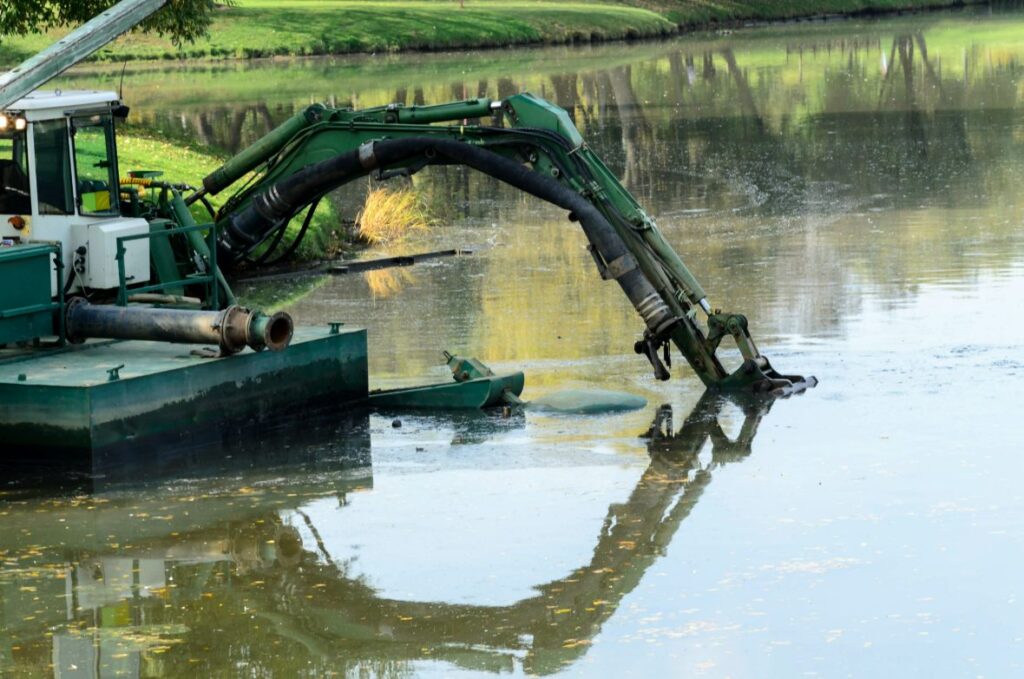
A sand dredge pump is constructed with several key components that work together to ensure efficient transfer of sand and sediment, even under harsh and abrasive conditions. Each part plays a critical role in maintaining performance, durability, and reliability during dredging operations.
Impeller:
The impeller is the heart of the sand dredge pump, responsible for creating the necessary suction and high-pressure flow to move sand and slurry through the pump. It is typically designed with open or semi-open vanes to handle abrasive particles and prevent clogging. The impeller’s robust construction ensures it can withstand the constant impact of sand and other hard materials.
Pump Casing:
The pump casing encloses the impeller and other internal components, protecting them from external damage while controlling the direction of flow. In a dredge pump for sand, the casing is made from high-wear materials or lined with wear-resistant coatings to resist erosion caused by abrasive particles.
Suction and Discharge Pipes:
The suction pipe draws the sand and water mixture into the pump, while the discharge pipe channels it out under high pressure. Both are engineered to handle abrasive materials, reducing frictional losses and minimizing wear during sand transfer.
Seal Systems and Bearings:
Seal systems prevent leakage, while bearings support the rotating components of the pump, ensuring smooth and efficient operation. These components are designed to withstand the harsh conditions of a sand dredging pump, where constant exposure to water and abrasive solids can lead to rapid wear.
Drive Systems (Electric Motors or Hydraulic Engines):
The drive system provides the necessary power to operate the pump. Electric motors are often used for continuous, land-based operations, while hydraulic engines are preferred in mobile or underwater dredging systems, where flexibility and power are crucial.
How a Sand Dredge Pump Works: Step-by-Step Process
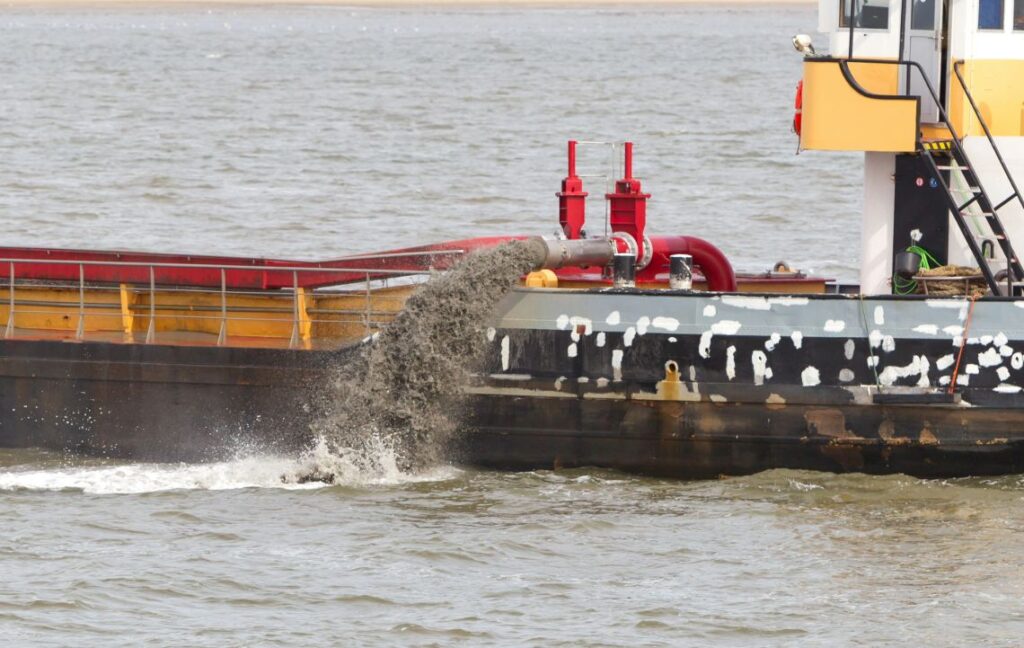
A sand dredge pump operates on the principle of creating a high-pressure flow to transport sand, slurry, and sediments through pipelines efficiently. The process combines fluid dynamics and solids handling, enabling the pump to manage mixtures with high concentrations of solids without clogging or losing efficiency. Below is a step-by-step explanation of how a dredge pump for sand works:
Step 1: Suction of Water and Sand Mixture
The process begins when the pump draws in a mixture of water and sand through the suction inlet. The suction power is strong enough to lift and transport heavy, abrasive particles suspended in the water. A sand dredging pump is specifically designed with wide passages and abrasion-resistant components to handle this mixture effectively.
Step 2: Impeller Rotation Creating Centrifugal Force
Once the mixture enters the pump, the impeller rotates at high speed, creating centrifugal force. This force accelerates the slurry outward from the center of the impeller, increasing the pressure and velocity of the sand-water mixture. The design of the impeller in a sand dredge pump is optimized to handle high solids content without significant wear or blockages.
Step 3: Separation and Movement of Solids with the Water Flow
As the slurry moves through the pump, the heavier sand particles are carried efficiently by the high-velocity water flow. The hydraulic design of a dredge pump for sand ensures that even large and coarse particles remain suspended and are transported without settling inside the pump.
Step 4: Discharge of the Sand Slurry Through Pipelines
Finally, the pressurized sand-water mixture is expelled through the discharge outlet and transferred via pipelines to the desired location. This step enables efficient sediment transfer over long distances, which is essential for dredging, land reclamation, and construction projects.
Key Features of a High-Performance Sand Dredge Pump
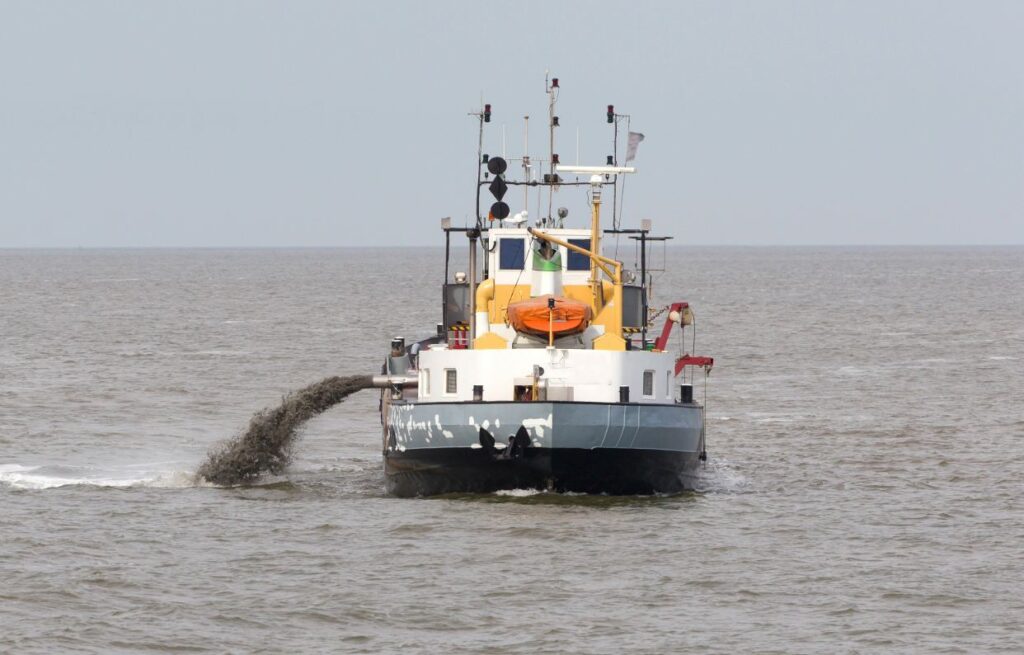
A high-performance sand dredge pump is designed with advanced engineering features that enable it to operate efficiently in challenging environments where abrasive materials, such as sand and slurry, are present. These features ensure durability, energy efficiency, and reliable sediment transfer, making the pump suitable for demanding dredging and industrial applications.
High Wear Resistance for Abrasive Environments
A sand dredging pump is constructed using wear-resistant materials, such as high-chrome alloys or heavy-duty steel, to withstand constant exposure to abrasive particles. This minimizes erosion, extends the lifespan of the pump components, and reduces maintenance costs.
Ability to Handle Large Solid Particles
Unlike standard pumps, a dredge pump for sand can handle large solid particles without clogging or performance issues. The impeller and internal clearances are specifically designed to allow the smooth passage of coarse materials, making it ideal for heavy-duty sand transfer.
Optimized Hydraulic Design for Minimal Energy Loss
The hydraulic design of a sand dredge pump is optimized to deliver maximum efficiency with minimal energy loss. By reducing turbulence and maintaining steady flow, the pump achieves high performance while keeping operational costs lower.
Customizable Suction and Discharge Setups
To meet various project requirements, sand dredging pumps often feature customizable suction and discharge configurations. This flexibility enables operators to adjust the pump setup according to different site conditions and sediment types.
Corrosion-Resistant Materials and Coatings
In addition to wear resistance, corrosion protection is crucial for pumps exposed to water and harsh environments. A sand dredge pump is typically coated or built with materials that resist rust and chemical damage, ensuring long-term reliability and performance.
Advantages of Using a Sand Dredging Pump
A sand dredging pump offers several advantages that make it a preferred choice for large-scale sediment transfer projects. Its specialized design and durable construction allow for efficient handling of abrasive materials while minimizing operational challenges.
Efficient Sand and Sediment Removal Compared to Traditional Methods
Unlike manual or mechanical excavation, a sand dredge pump provides faster and more efficient removal of sand and slurry. The pump’s ability to continuously transport large volumes of material over long distances saves time and reduces project costs.
Longer Operational Life Due to Durable Components
Built with wear-resistant materials and robust construction, a dredge pump for sand is designed to withstand the harsh conditions of dredging environments. This durability extends the pump’s lifespan and reduces the frequency of part replacements.
Suitable for Various Sand Dredging Operations
A sand dredging pump is versatile and can be used across multiple applications, including port maintenance, riverbed dredging, land reclamation, and construction projects. Its adaptability to different site conditions makes it a reliable choice for diverse industries.
Reduced Downtime and Maintenance Needs
The heavy-duty components and optimized design of a sand dredge pump minimize the risk of blockages and mechanical failures. This results in fewer interruptions, lower maintenance requirements, and improved overall operational efficiency.
Common Applications of Sand Dredge Pumps
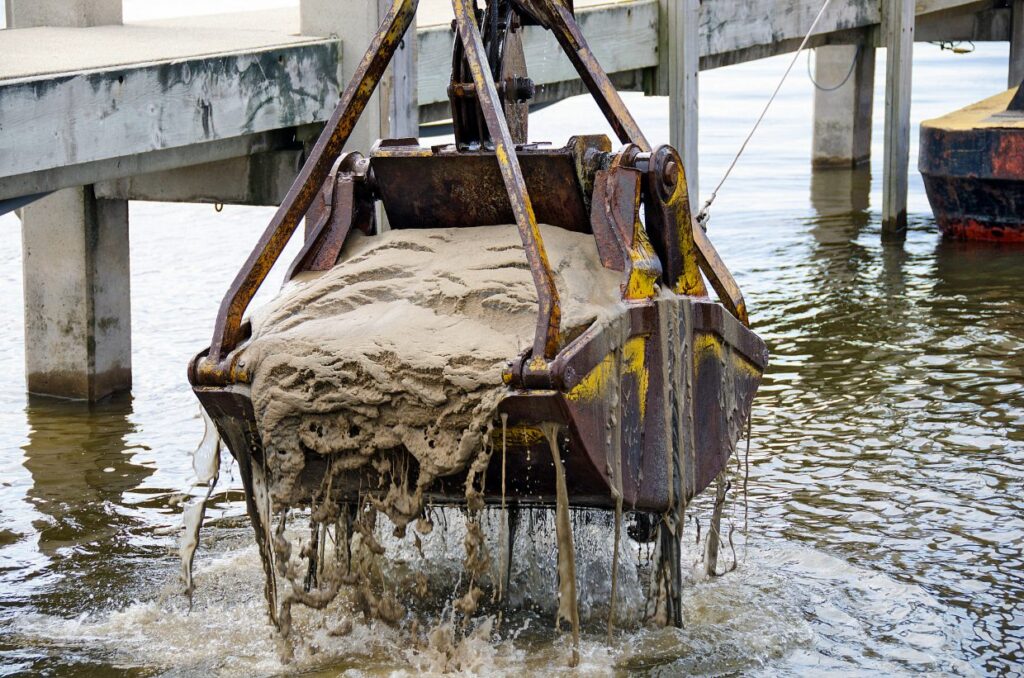
Sand dredge pumps are widely used across industries due to their ability to handle abrasive and dense materials with ease. Their versatility makes them essential for projects that require efficient sediment removal, transfer, or reclamation. Below are some common applications:
Port and Harbor Maintenance
A sand dredging pump is frequently used to maintain the depth of ports and harbors by removing accumulated sediments. Regular dredging ensures smooth navigation for vessels and prevents blockages that can disrupt shipping operations.
River, Lake, and Reservoir Dredging
In natural water bodies, sediment build-up can reduce water flow, affect aquatic life, and increase flood risks. A dredge pump for sand helps restore water depth and maintain the ecological balance by efficiently clearing silt, sand, and debris.
Sand Mining and Land Reclamation Projects
Sand mining operations rely on sand dredge pumps to extract large volumes of sand for construction and infrastructure projects. Similarly, in land reclamation, these pumps transfer sand to fill low-lying areas, creating new land or reinforcing shorelines.
Industrial Applications Such as Slurry Transfer in Construction
In construction and industrial sites, sand dredging pumps are utilized to transport slurry and abrasive materials, thereby reducing manual labor and streamlining operations. They are ideal for projects that require continuous handling of sand and sediment in challenging environments.
Maintenance Tips for Sand Dredge Pumps
Proper maintenance of a sand dredge pump is crucial to ensure reliable performance, minimize downtime, and extend the equipment’s overall service life. Since these pumps handle abrasive materials, such as sand and slurry, consistent care and timely inspections are crucial.
Regular Inspection of Impellers and Casings
The impeller and pump casing are the most exposed components, facing constant wear from abrasive particles. Routine inspections help detect early signs of erosion or damage, allowing for timely repairs or replacements to maintain optimal performance.
Lubrication and Seal Checks
Proper lubrication of bearings and mechanical seals reduces friction, prevents overheating, and minimizes wear and tear. Seal checks are equally important to avoid leaks, which can compromise the efficiency of the sand dredging pump and lead to mechanical failures.
Monitoring Suction and Discharge Performance
A drop in suction or discharge pressure may indicate blockages, worn-out components, or improper alignment. Regularly monitoring these parameters ensures that the dredge pump for sand continues to operate efficiently.
Use of Genuine Parts and Protective Liners to Extend Pump Life
Using high-quality, genuine replacement parts and protective liners helps prevent premature wear and extends the pump’s longevity. Liners made from wear-resistant materials offer additional protection against constant abrasion, especially during high-intensity dredging operations.
Conclusion
A sand dredge pump is an indispensable tool for efficient sediment transfer, offering unmatched performance in challenging environments such as ports, rivers, mining sites, and land reclamation projects. With its robust design, ability to handle abrasive materials, and minimal maintenance needs, it ensures reliable operation and long-term cost savings. For projects that require precision, efficiency, and durability, selecting the right sand dredging pump is crucial to success. If you’re looking for expert dredging solutions backed by advanced equipment and industry experience, Bayou Dredging is your trusted partner. Contact us today to discuss your project requirements and discover how our dredging services can deliver efficient and cost-effective results.


